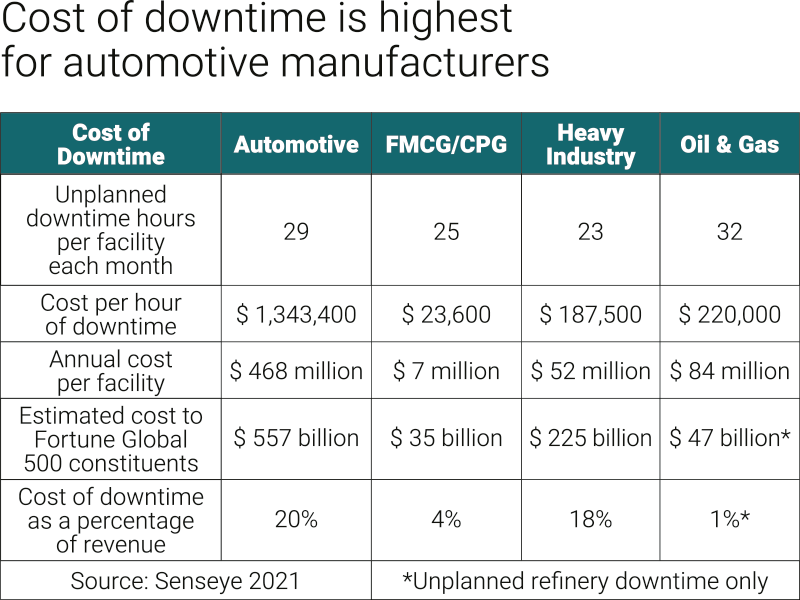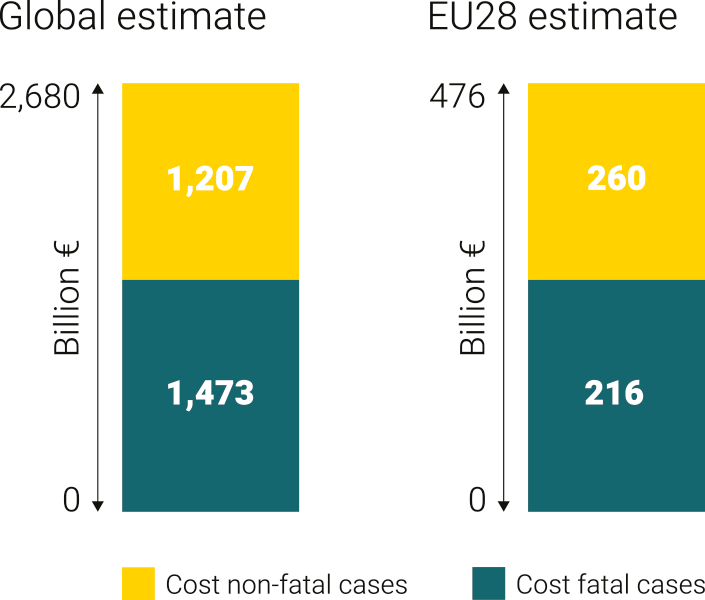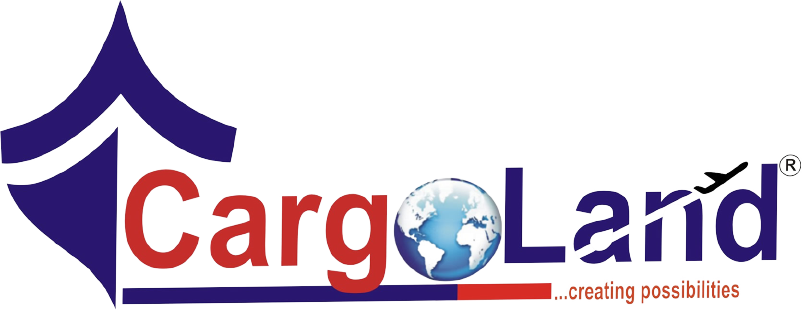In today’s fast-paced industrial landscape, ensuring workplace safety is paramount. Beyond the immediate human impact, industrial accidents can lead to significant operational disruptions and financial losses.
Industrial accidents, such as collisions involving forklifts and machinery, pose serious risks to both personnel and infrastructure. Globally, the cost of work-related accidents and illnesses is substantial. A report by the European Agency for Safety and Health at Work estimates the global cost at €2,680 billion, representing 3.9% of the world’s GDP.
Downtime in machinery is a hidden cost
Unplanned downtime resulting from machinery failures or accidents can be financially crippling. A study by Senseye revealed that large industrial facilities lose over a day’s production each month due to machine failures, costing an average of $532,000 per hour of downtime. For Fortune Global 500 companies, this equates to nearly $1 trillion annually.
Legal Obligations and Safety Standards
Employers are legally obligated to ensure a safe working environment. In the European Union, the Framework Directive 89/391/EEC outlines the employer’s duty to guarantee the safety and health of workers in every aspect related to work. This includes conducting risk assessments, implementing preventive measures, and providing appropriate training.

Proactive measures for enhanced safety
To mitigate risks and reduce downtime, companies should:
• Implement Comprehensive Safety Training: Regular training ensures that employees are aware of potential hazards and know how to avoid them.
• Conduct Regular Equipment Maintenance: Preventive maintenance can identify and rectify issues before they lead to failures.
• Adopt Advanced Safety Technologies: Utilizing modern safety solutions can enhance protection for both personnel and equipment.
A game-changer for workplace safety
The newly launched Safety Book from Axelent offers insights and guidelines to help industries create safer working environments. By prioritizing safety, companies not only protect their workforce but also ensure operational efficiency and financial stability. This resource is designed to tackle the complex challenges of maintaining safe industrial environments and practical guidelines tailored to modern workplaces.

What sets the Safety Book apart is its comprehensive approach. Rather than focusing solely on regulations, it provides clear strategies to help businesses proactively address risks. From mitigating accidents involving forklifts and machinery to reducing downtime caused by infrastructure damage, the Safety Book delivers tools and knowledge that can transform workplace safety protocols. By investing in safety, companies not only protect their workforce but also enhance operational efficiency and financial stability.
similar news
Industry View: Financing Options for Material Handling Hardware
The post Human and Financial Toll of Industrial Accidents appeared first on Logistics Business.


